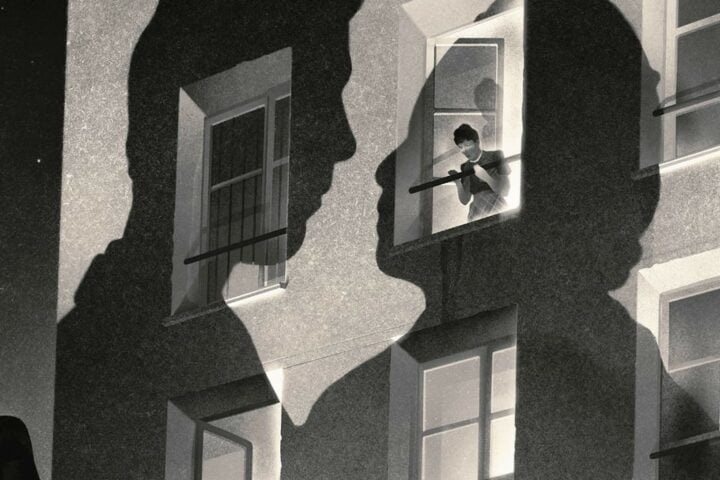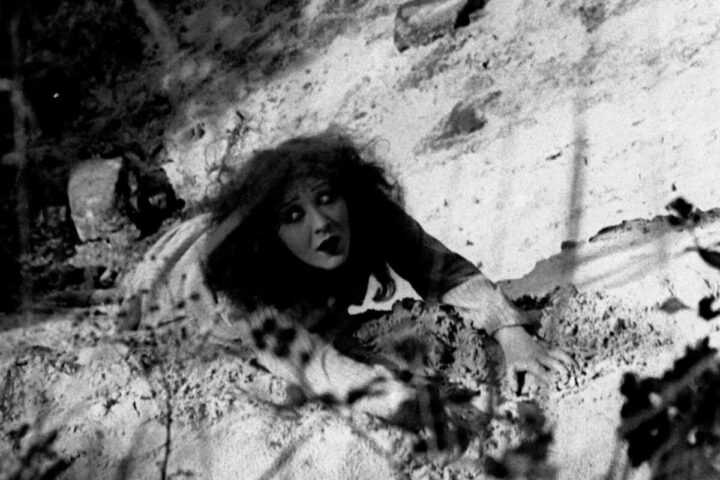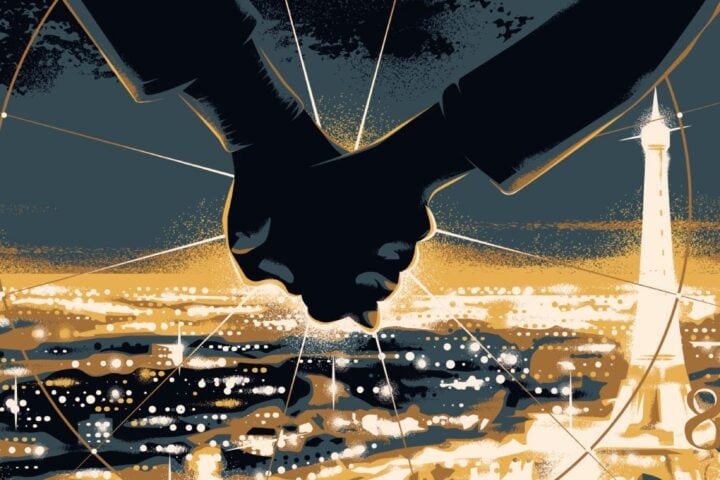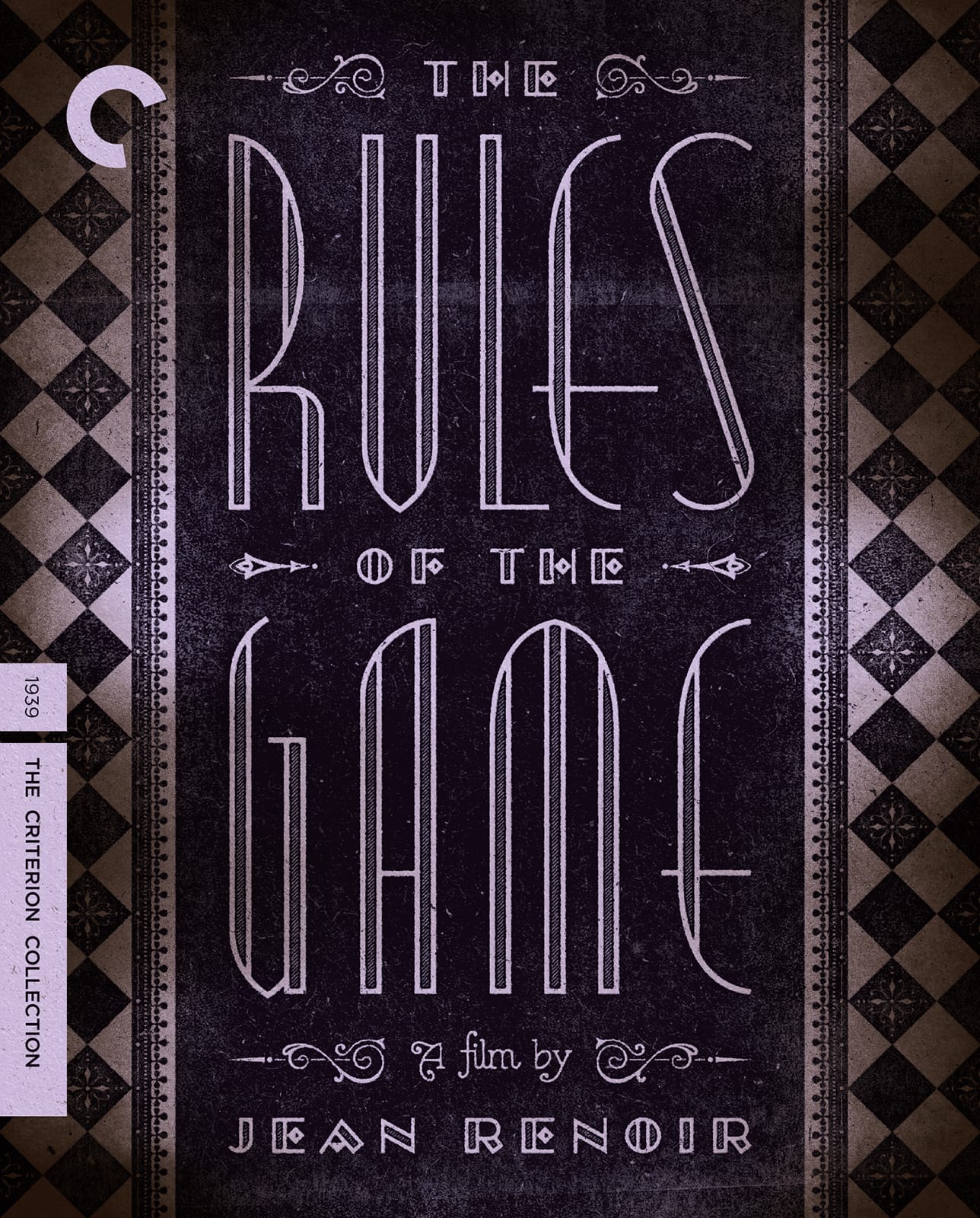 Jean Renoir’s The Rules of the Game has been part of the film canon for so long that it’s valuable to remind audiences how gloriously alive and just plain fun it is. Low comedy walks hand and hand with tragedy and beauty throughout the film, which is frothy one minute, nearly apocalyptic the next—and so you’re never fully allowed to gather your bearings. It has a tone that could be symbolized by the escalating merry-go-round that prominently plays into the climax of Strangers on a Train—up and down, all around and seemingly totally out of control. The film, as Paul Schrader says in this Criterion edition’s liner notes, represents all of cinema’s possibilities in 106 minutes.
Jean Renoir’s The Rules of the Game has been part of the film canon for so long that it’s valuable to remind audiences how gloriously alive and just plain fun it is. Low comedy walks hand and hand with tragedy and beauty throughout the film, which is frothy one minute, nearly apocalyptic the next—and so you’re never fully allowed to gather your bearings. It has a tone that could be symbolized by the escalating merry-go-round that prominently plays into the climax of Strangers on a Train—up and down, all around and seemingly totally out of control. The film, as Paul Schrader says in this Criterion edition’s liner notes, represents all of cinema’s possibilities in 106 minutes.
That controlled chaos is partially driven by anger and despair. Renoir often said that the film was a response to his frustrations with the bourgeoisie at a time in which France was clearly imperiled. In the late 1930s, France had just surrendered Munich to the Nazis as a gesture to cool mounting threats of invasion—a gesture that was clearly fated to fail. The unmistakable indifference and self-absorption of the wealthy elite—just one reason that The Rules of the Game hasn’t aged one iota—in the midst of this potential disaster fueled Renoir’s anxiety. But Renoir, like most major artists, wasn’t content to mount a polemic, and probably couldn’t even if he wanted to. One of cinema’s most appreciated humanists, Renoir couldn’t help himself: He had to assert even the most misguided and contemptible people’s humanity.
The heart of Renoir’s genius was his gift for hiding that genius. Expertly controlled, The Rules of the Game plays as one huge happy accident that might’ve been caught on the fly over the course of a long drunken weekend. Everything is just right, and the performances and individual moments are so remarkably alive that you accept the elaborate structure and symbolism as organic. Robert Altman clearly learned a few things from Renoir, particularly in his use of deep camera focus and sound design, and more filmmakers could benefit from doing the same.
There’s no mystery as to why so many directors rip off Stanley Kubrick or Martin Scorsese these days, as you can, even in their great films, see the directing take place. It’s the director as the entire show. Renoir was usually most of the show himself (he generally collaborated on his scripts, and served in uncredited capacities in a number of other ways), but his technique was so masterful that, as Pauline Kael once said, it was subsumed into his art. The Rules of the Game isn’t about the making of itself, and that artistic purity allows for profundity.
The film, written by Renoir and frequent collaborator Carl Koch, concerns a long weekend for a number of wealthy and famous French (with one notable exception) men and women at a large country estate. On paper, The Rules of the Game is a traditional drawing-room comedy that follows the varying romantic trade-offs of a number of seemingly bored and vain individuals who gradually reveal themselves to be in the kind of extreme pain that we, in our frustration, generally only associate with people who’ve fallen on more conventionally hard times.
Money, though, doesn’t relieve certain existential and biological needs, and Renoir follows these characters as their pettiness slowly washes away to reveal despair. But this despair doesn’t absolve them of the role they’re playing in France’s disillusionment and potential undoing, and it’s that toughness of contradiction that gives The Rules of the Game its ambiguous bite.
The film’s exposition is elegant and efficient. In the opening, the pilot Jurieux (Roland Toutain) has just completed a long flight across the Atlantic that rivals the accomplishment of Lindbergh. The press is surrounding Jurieux, prying him for headline-ready sentiments, and he promptly squanders a glorious moment with a peevish lashing out. Christine de la Chesnaye (Nora Gregor), whom he supposes to be the love of his life, hasn’t deigned to show up for Jurieux’s triumph. That she’s married to Marquis Robert de la Chesnaye (Marcel Dalio) is of no consequence, an illustration of the blinded self-entitlement that informs the entire film.
Jurieux’s good friend Octave (Renoir) is also Christine’s childhood friend, and, as compensation, Octave assures Jurieux that he can get him invited to Robert’s country house that weekend. That promise, idly made, involves a number of careful negotiations on the part of Octave, which leads to a wonderful series of sequences in which Octave, whom we learn is a failed artist living on the donations of friends such as Robert and Christine, must play the parts of the loyal friend as well as of the good-natured bumbler who’s out to help another.
Octave collapses into Christine’s bed with her, assuring her of her responsibility to a man she perhaps led on a little. The disconcerting intimacy of this foreshadowing moment is a quiet testament to Renoir’s tonal mastery. But Octave can’t be distracted, moving on to cater to Robert’s ego and insecurity, which isn’t so hard considering that Robert’s own mistress, Geneviève de Marras (Mila Parély), will also be at the country house that weekend.
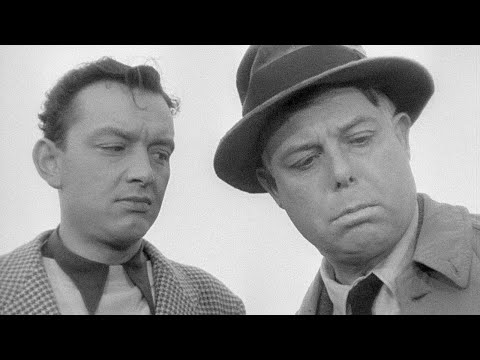
Renoir establishes all of that in about 20 minutes, leading The Rules of the Game to the country house where this world will be shaken up and expanded upon. With the wealthy characters in play, we’re now free to learn of the help that subtlety governs their masters’ lives. We’ve already met Christine’s private maid, Lisette (Paulette Dubost), whom we learn is married to Robert’s groundskeeper, Schumacher (Gaston Modot). Schumacher, a hopeless and moving prig, is displaced and adrift in a world that thinks nothing of casually trading lovers. Schumacher’s devotion to Lisette is stifling and sexless, exasperating her libidinous tendencies (she’s had a thing with Octave already), which leads to her pairing with Marceau (Julien Carette) a poacher who Robert inexplicably hires as indoor help. The inexplicable is telling: Robert feels an immediate kinship with Marceau that’s emotionally logical, as Marceau is the sort of spontaneous ruffian that can play to a pampered man’s idea of the road not taken.
Regardless of how many times you’ve seen The Rules of the Game, you’re jaw is still likely to drop at the brilliance of certain shots, such as the compositions of crowds in the ominous party scene that constitutes much of the last third of the film. And the hunting scene, justly praised, is a daring deviation from the generally misleading amiability of the tone that pays off beautifully; a rapid near-montage of rabbits and pheasants being slaughtered more or less for idle sport allows Renoir to tap his rage without entirely tipping his hand. One rabbit especially (you’ll know it when you see it) dies a prolonged horrible death that ranks as one of the most disturbing instances of destruction in the movies. That it serves a dual function—as a foreshadowing of a character’s needless death—is simply another illustration of the density of Renoir’s construction.
These aren’t idle details, as the film is really about the potential destruction of society. But The Rules of the Game is so graceful with its volley of character trade-offs, both romantic and platonic, that you can’t help but fall in a kind of love with it, a qualified love that still understands the sourness, the sadness, that gently informs every part of the film. We come to see the characters and their lifestyles as a tragic charade. The rules of the game are arbitrary stabs at pretend morality that can foster truly immoral behavior, as the rules of the game twist people up and confuse them. And the confusion that these games (ones we’ve never abandoned) inspire, which feeds into an unending inner regard, can destroy us.
Even people who love The Rules of the Game can overlook its toughness, which is, as an essayist acknowledges in Criterion’s liner notes, even obvious in the fashion that most people misquote the most famous line. As Octave, Renoir never said, “Everyone has their reasons,” a sentiment that implies a certain benign, detached understanding of foible. Octave says something far tougher to entirely resolve: “The awful thing about life is this: Everyone has their reasons.”
Image/Sound
Having just undergone a new 4K digital restoration—courtesy of the Cinémathèque Française and Les Grands Films Classiques—The Rules of the Game now arrives for what seems like the umpteenth time on the Criterion Collection, underlining the boutique distributor’s still-new commitment to the UHD home video format. The restoration came from the nitrate composite of the dupe negative, and if this is the first time you’re seeing Jean Renoir’s classic on disc, the presentation is extraordinary. The silvered monochrome is lively, the grain is omnipresent but delicate as lace, and there’s a reassuring absence of print damage.
However, it does bear mentioning that the leap in overall improvement from Criterion’s 2011 Blu-ray transfer is far less pronounced than the boost one could easily see between that version and the 2004 DVD edition. This isn’t to say that the transfer is in any way lacking. It’s not, even in the absence of an HDR element that would’ve really tipped the scales. However, if you (like me) have been buying each new release along the way, this is a slightly less urgent and revelatory upgrade. (And, among more shallow concerns, it’s hard to argue that the 4K edition’s typography-dominated cover art can hold a candle to the Blu-ray’s indelible caricatures.)
The audio remains, as it always has, as good as one could expect from a film whose ambition attempted, and mostly succeeded, in transcending the limitations of its era.
Extras
There’s nothing here that wasn’t on Criterion’s 2011 home video release of the film, which isn’t terribly surprising since the earlier release had as many bonus features as the main attraction has characters. The centerpiece—a commentary track written by film scholar Alexander Sesonske and read (for some reason) by director Peter Bogdanovich—is an unapologetically specific discussion of virtually every decision that Renoir made regarding The Rules of the Game. Symbolism, plot, and shot construction are the dominant concerns here, dissecting the varying double and triple meanings of scenes without smothering the life out of the film.
Renoir Historian Chris Faulkner’s selected-scene analysis of the film’s endings documents the changes that Jean Renoir made after the disastrous early screenings in Paris in 1939. Until the film’s restoration in the late 1950s, the version of The Rules of the Game most readily available was 81 minutes long, and that cut of the film was harsher and more obvious, as many of the snips involved the romantic portions that Renoir used as devastating and misleading contrast. The original ending is available here, and the sequences are, indeed, considerably less coherent.
Jean Gabroit and Jacques Durand were the enterprising cinephiles who pored over footage previously thought destroyed to restore The Rules of the Game to the 106-minute version that’s widely accepted as a masterpiece today. The interview with Gabroit and Durand included here, which took place in 1965 six years after their restoration, also uncovers a heartbreaking story: They showed their cut to Renoir (keep in mind, this was 20 years after the film’s mangling and humiliating dismissal at the box office), and the master filmmaker stood up once the film ended and walked out without a word, though it was obvious that he had been crying.
Jean Renoir, Le Patron was a three-part French television special from the 1960s that primarily allowed Renoir to speak about his own films, and the portion pertaining to The Rules of the Game is highlighted here. And David Thompson’s BBC documentary Jean Renoir is terrific and well-textured, though it’s curious that only the first part is included. Most of the documentary is more concerned with Renoir the man than any particular film, so it seems a little incomplete to stop with the first part, which ends with Renoir’s trip to America shortly after The Rules of Game failed with moviegoers. But that’s a quibble, as gaps are covered and reaffirmed by the other essays, tributes, and interviews with varying collaborators and friends that round out this collection. It’s tough to imagine anything else that could improve upon this well-stocked set.
Overall
As one of the greatest films ever made and having just received a brand new restoration, it’s no surprise that Criterion decided to move The Rules of the Game to the front of the UHD upgrade queue. But the amplitude of the visual upgrade here isn’t exactly a night-and-day proposition.
Since 2001, we've brought you uncompromising, candid takes on the world of film, music, television, video games, theater, and more. Independently owned and operated publications like Slant have been hit hard in recent years, but we’re committed to keeping our content free and accessible—meaning no paywalls or fees.
If you like what we do, please consider subscribing to our Patreon or making a donation.

